Are you looking to add some greenery to your home but don't have a lot of room to work with?
Don't worry, because there are plenty of low-maintenance plants that thrive in shallow pots and are perfect for small spaces.
Not only do these plants add a touch of nature to your home, but they also have the added benefit of being easy to care for.
These top 10 low-maintenance plants are sure to bring some life to your space!
We've got you covered with a variety of options to choose from. Let's get right into it and discover the best plants for shallow pots.

Top 10 Low-Maintenance Plants For Shallow Pots
1. Snake Plant
Snake plants are perfect for shallow pots because they prefer to have a snug fit for their roots.
Even with bigger varieties, these resilient plants require less depth compared to other plants of similar size.

If you have a wide shallow pot, your snake plants will be happy! That's because their roots tend to stretch out before growing deep into the soil.
They can also tolerate low light and infrequent watering. Plus, they have air-purifying qualities, making them a great addition to any space!
Snake plants, in general, do not require fertilizer.
However, they can benefit from an occasional cactus or all-purpose houseplant fertilizer every three weeks throughout the growing season.
2. Pinstripe Plant
The pinstripe plant is a beautiful option for shallow pots.
Its dark green leaves are adorned with pink stripes, making it a striking addition to any space.
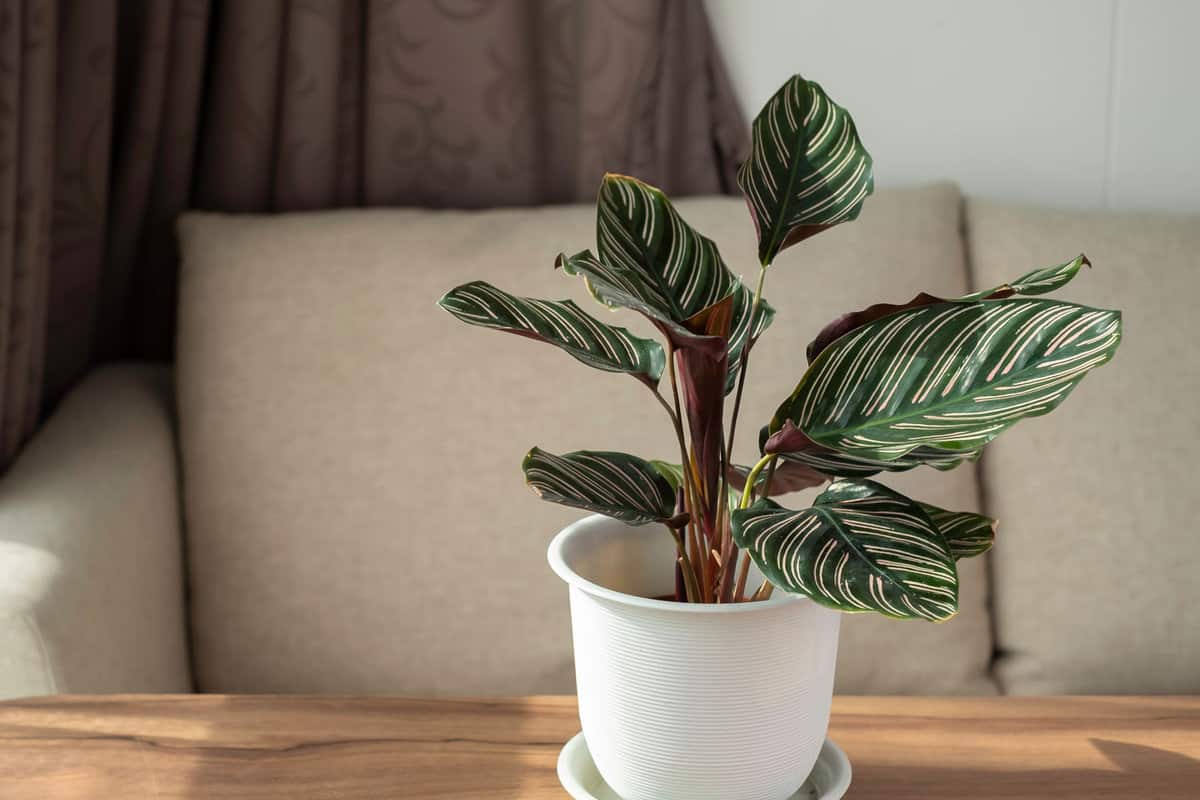
Pinstripe plants prefer bright, indirect light, and require temperatures between 55°F to 70°F.
Maintaining consistent moisture in the soil is crucial, but be cautious not to overwater and cause waterlogging.
For optimal care, it is recommended to water the plant weekly and apply fertilizer twice a week during the spring and fall seasons.
3. Pothos
Pothos is a classic houseplant characterized by its heart-shaped leaves.
It is a low-maintenance plant that has a vining growth habit, allowing them to grow outward and cling to other objects instead of relying on a stem.
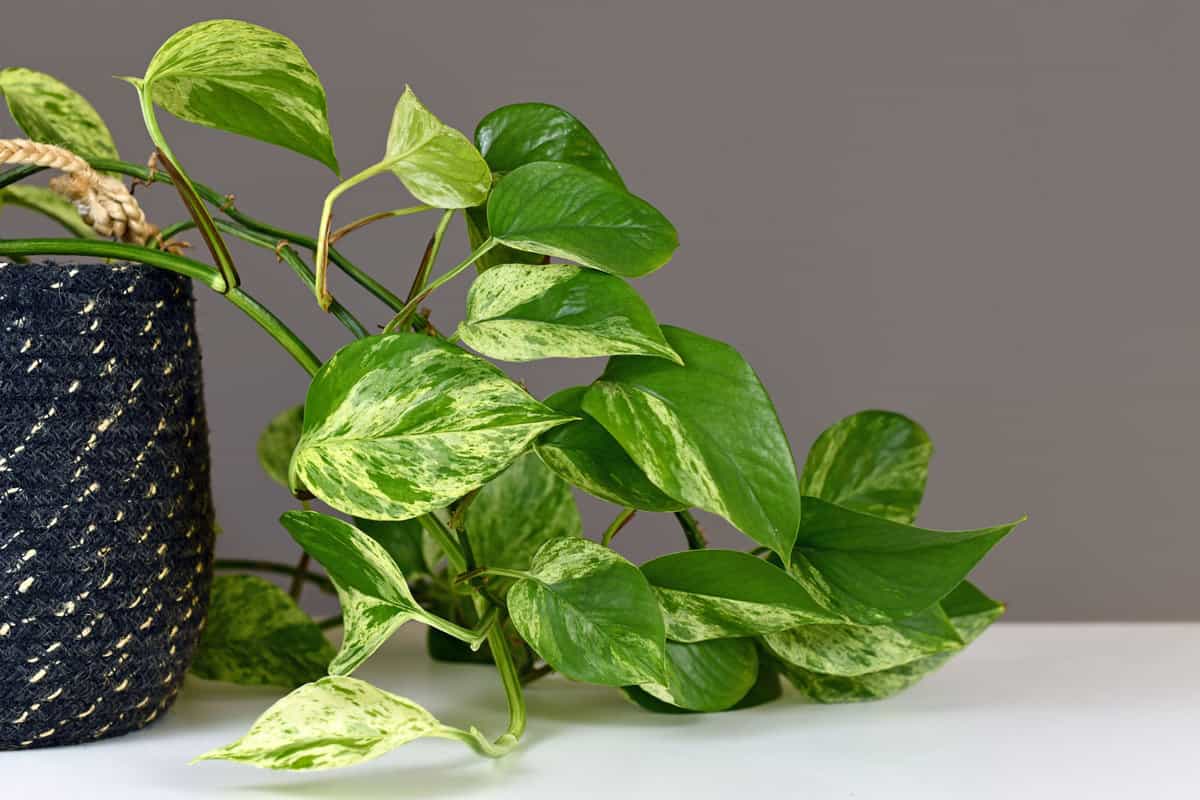
Pothos do not require deep roots for stability; instead, they have short roots, making them perfect for shallow pots.
While they love being under full sunlight, it is important to avoid exposing them directly for prolonged periods.
They also do not require frequent watering - once a week or every 10 days should do!
When it comes to soil, pothos prefers it consistently moist and well-drained.
Placing them in a room with temperatures between 70°F to 90°F to should keep them healthy.
4. Baby Rubber Plant
The baby rubber plant is a cute and compact option for shallow pots.
They form a bushy silhouette, displaying rubbery leaves that range from dark green to various shades of green and yellow.
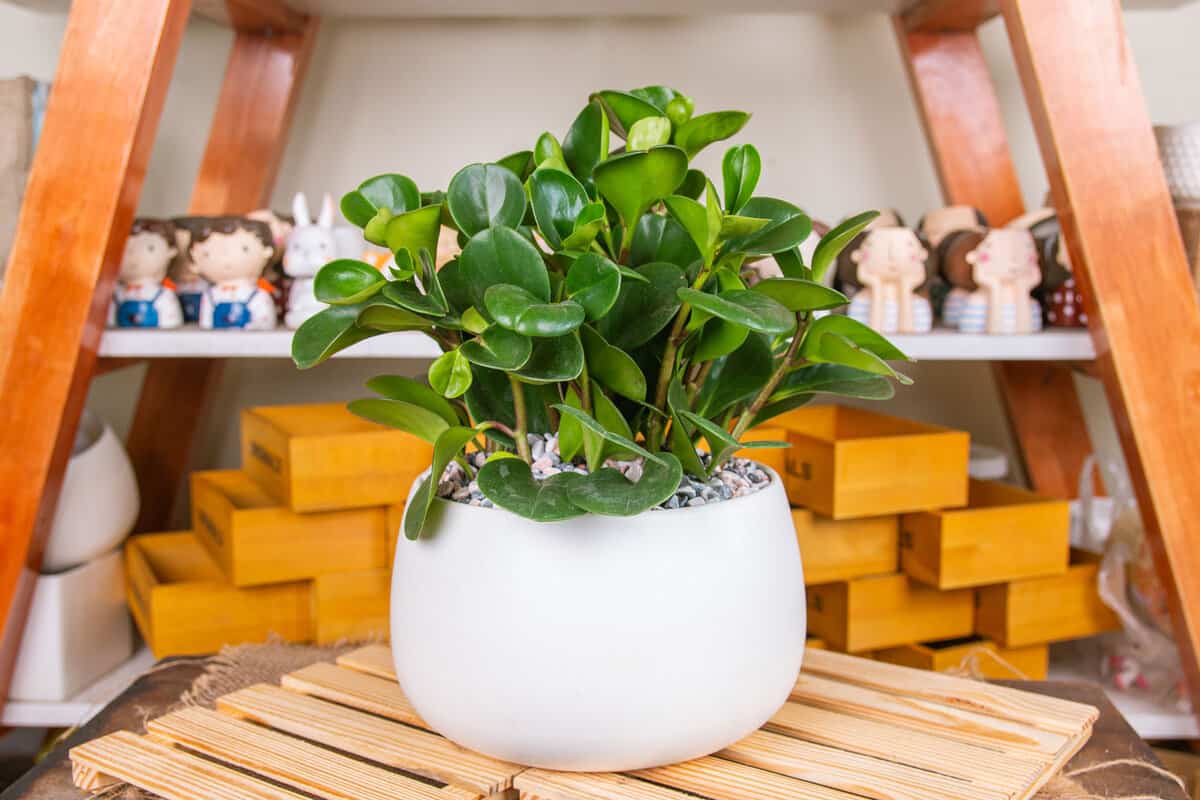
The baby rubber plant prefers bright, indirect light and should be watered once a week.
They can also benefit from being fertilized once a month during the growing season with a balanced fertilizer.
To ensure healthy growth, place them in a room with temperatures between 65°F to 75°F, and ensure they are planted in soil that drains well.
5. Pebble Plants
Pebble plants are unique and interesting options for small spaces. They have a colorful appearance, resembling small stones or pebbles.
These plants also produce flowers in various colors that emerge from fissures.

Being succulents, pebble plants tend to extend outward rather than downward and require little care.
In addition, they thrive in extended periods of indirect sunlight, making them ideally suited for placement on a south-facing window.
When it comes to soil quality, pebble plants prefer sandy and well-drained conditions.
6. Aloe vera
Aloe vera is a popular succulent due to its healing traits.
In particular, the thick gel found within its saw-toothed leaves has numerous applications in hair treatment and wound prevention.
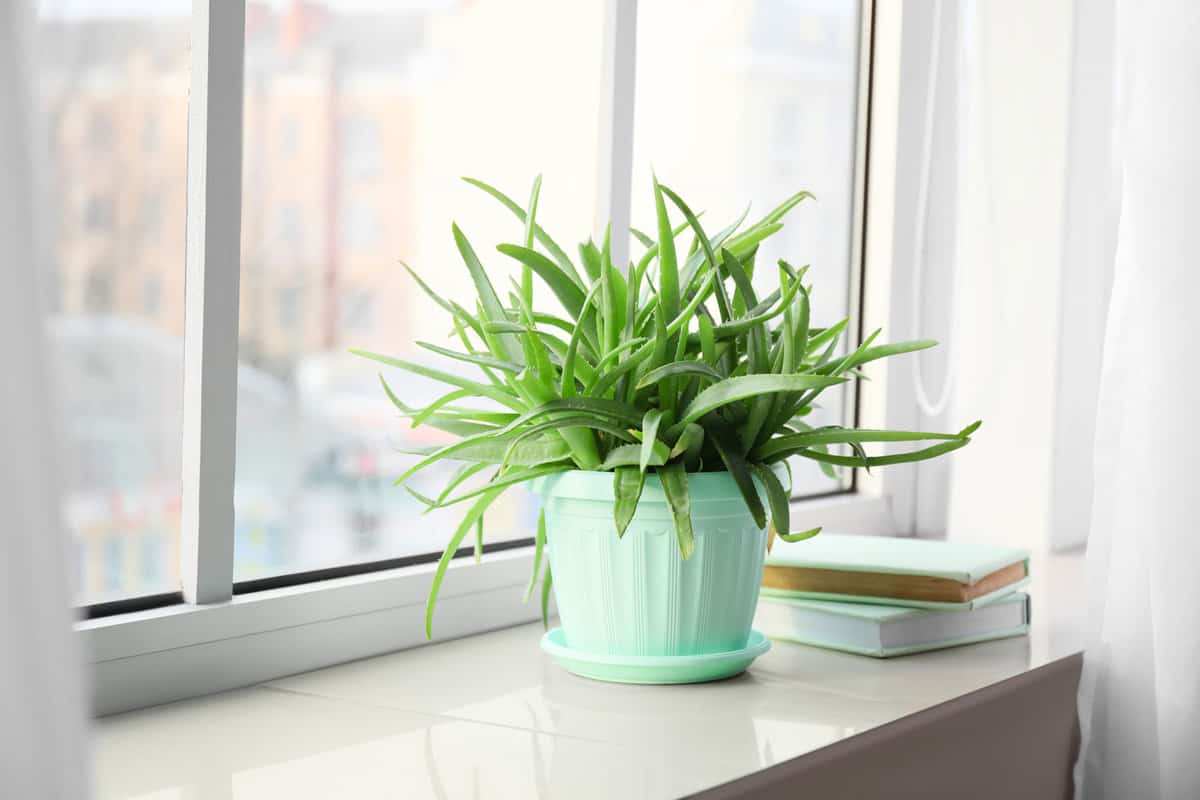
For instance, one study confirmed the effectiveness of aloe gel in the prevention of skin ulcers, treatment of burn wounds, and psoriasis.
On top of that, these plants are easy to care for and have air-purifying qualities.
When taking care of an aloe plant, ensure that it is placed in a spot that receives at least six hours of direct sunlight each day.
Aloe vera plants are pretty self-sufficient, but it's advisable to water them every two weeks during the growing season and ensure well-drained soil.
7. String of Pearls
String of pearls is a delicate and beautiful option for shallow pots.
Its long, trailing stems are adorned with small, bead-like leaves.
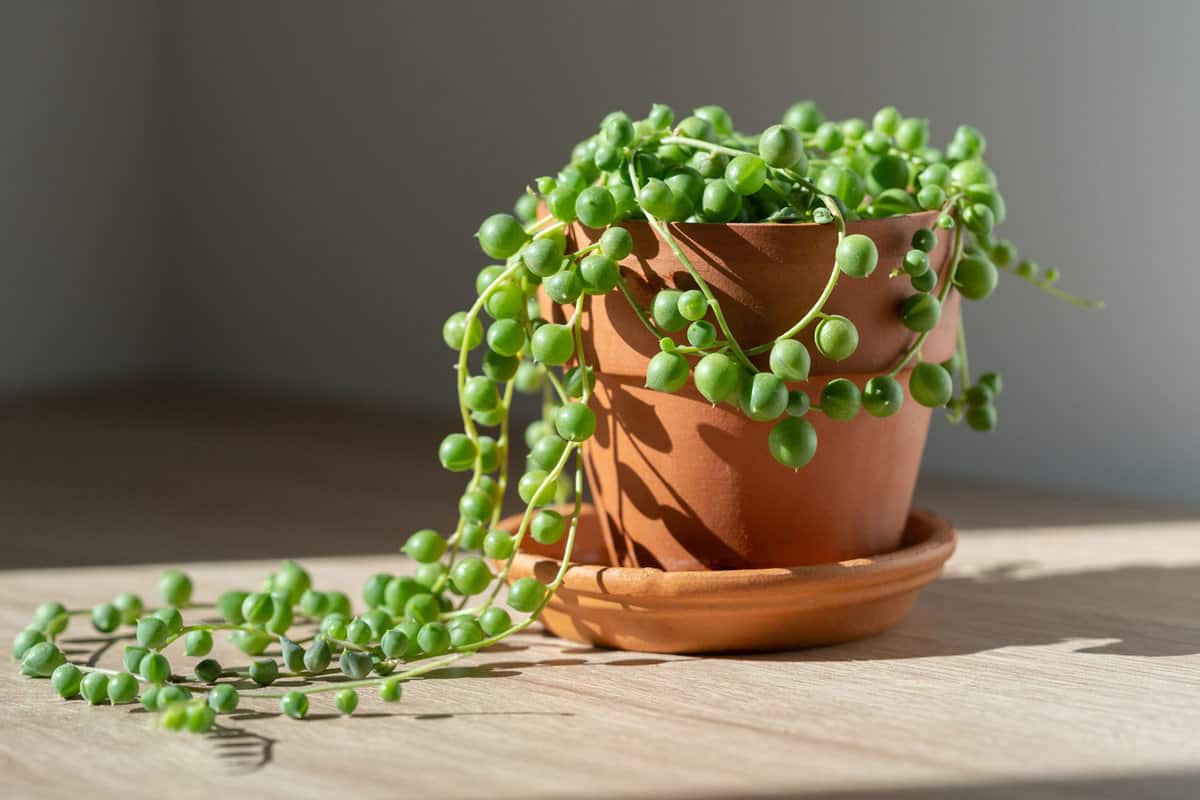
Although they may resemble peas, the spherical structures are actually the leaves of the plant!
String of pearls grows quickly, about 13 to 31 cm a year. But when it becomes too big for the pot, you can propagate it to help it live longer.
When caring for a string of pearls, place it in indirect sunlight, water it thoroughly every week, and maintain moist, well-drained soil.
8. African Violets
African violets are classic houseplants that are perfect for shallow pots.
They have beautiful, colorful flowers and can tolerate low-light conditions.
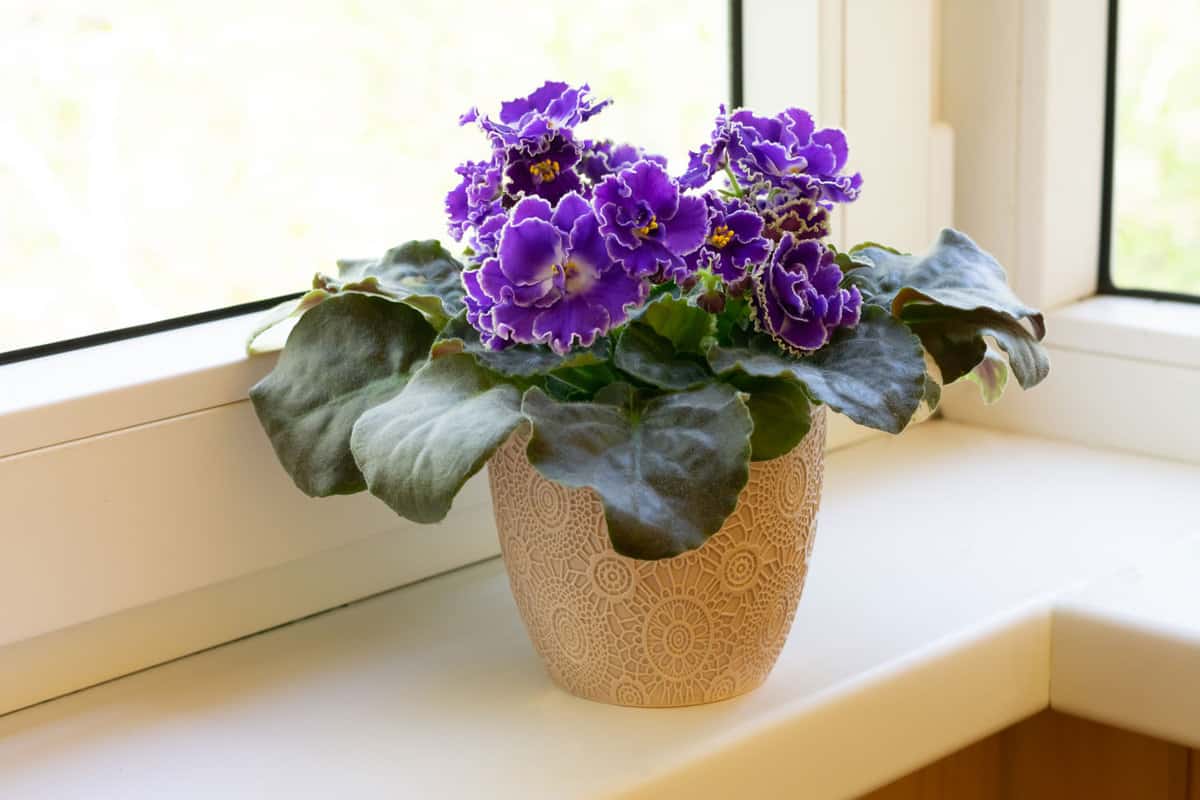
An African violet can grow from 15 to 61 cm long, depending on the care techniques employed and the specific plant variety.
To properly care for it, fertilize the plant every 4 to 7 weeks and water it with lukewarm water directly at the base.
Ensure the soil remains consistently moist and well-drained.
9. Echeverias
Echeverias are popular options for shallow pots because of their unique rosette-shaped leaves.
These plants are not only small but are also visually pleasing as they come in various colors and shapes.
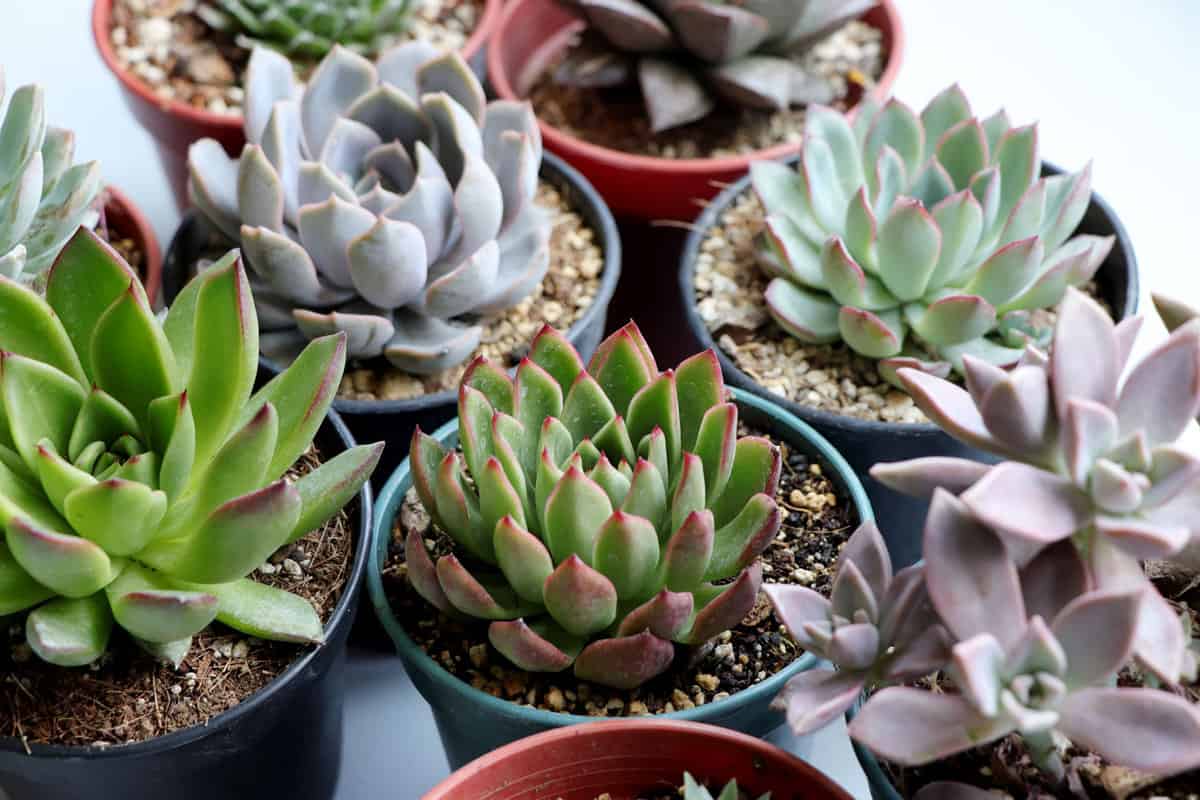
Above all, they can thrive well in wide shallow pots and can tolerate sharing with other plants.
These traits make them an ideal aesthetic for your small space.
Echeverias originally grow in elevated regions, so they can tolerate low temperatures well - as much as 40°F.
10. Prayer Plant
Prayer plants are known for their beautiful, patterned leaves that fold up at night, looking like hands in prayer - giving them their name.
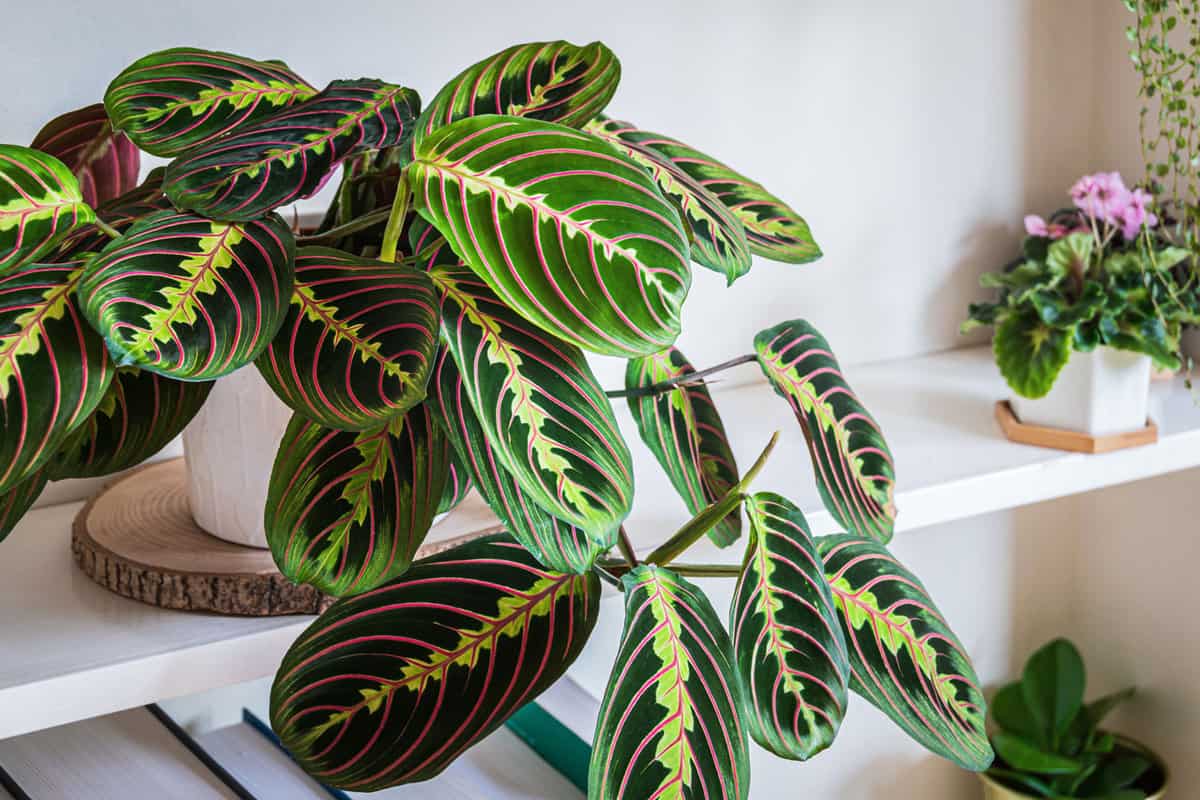
These plants prefer indirect light and should be watered once a week.
Due to their shallow roots that spread along the ground, wide and shallow pots are more suitable for these plants compared to narrow and tall pots.
Prayer plants can benefit from being fertilized every week or two during the growing season with a balanced fertilizer.
Benefits of Growing Plants in Shallow Pots
Perfect for small spaces
Shallow pots are ideal for apartment dwellers or those with limited space.
Easy to move around
Shallow pots are lightweight and easy to move around, allowing you to change up your decor without much effort.
Minimal care
Shallow pots are great for those who are new to gardening or have a busy lifestyle, as they require minimal care.
Choosing the Right Shallow Pot
Take Size into Account
When choosing a shallow pot, it's important to consider the size of the plant you intend to grow.
Different plants have varying preferences, with some favoring wider pots and others thriving in deeper ones.
Make sure to do research to determine the ideal type of shallow pot for your specific plant.
Check for Drainage Holes
Check if your pot has drain holes. This is crucial as stagnant water at the base can result in root rot.
Look for Pots with Saucers
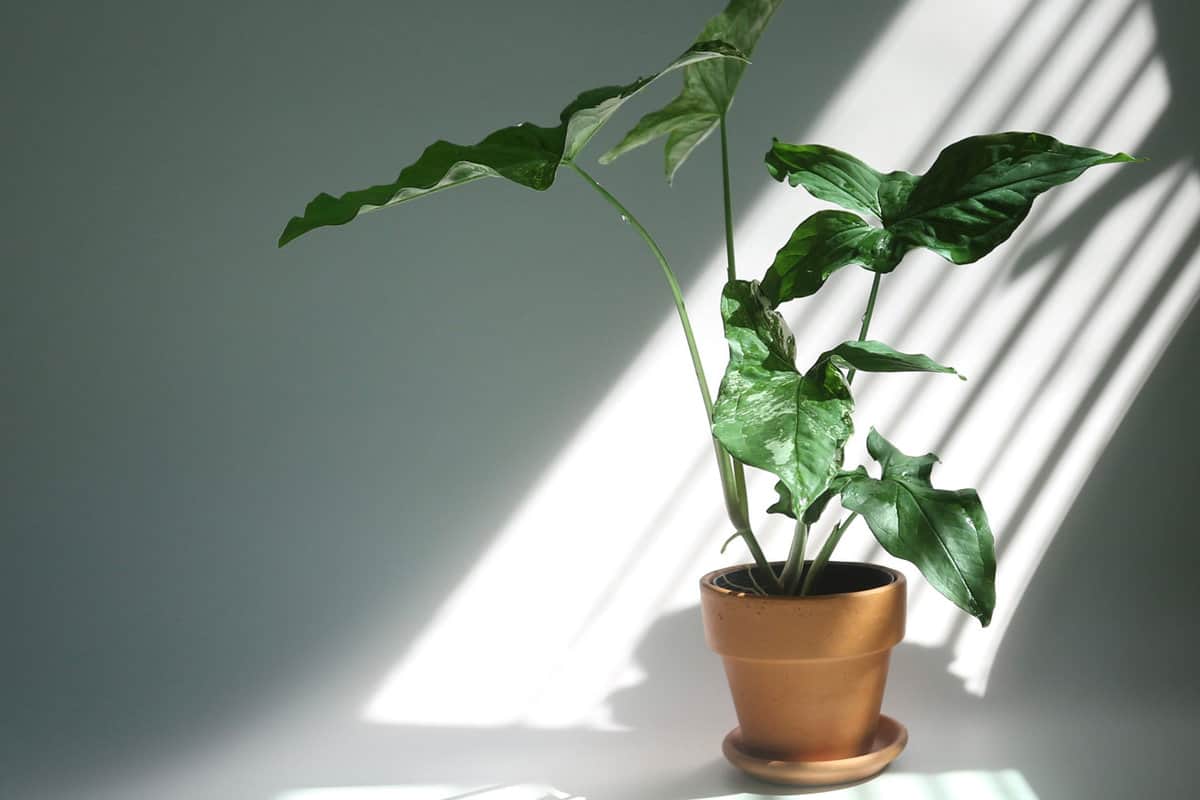
You can choose a pot with a saucer to catch excess water and prevent it from damaging your furniture.
Caring for Plants in Shallow Pots
Watering
The frequency of watering depends on the type of plant, the size of the pot, and the environmental conditions.
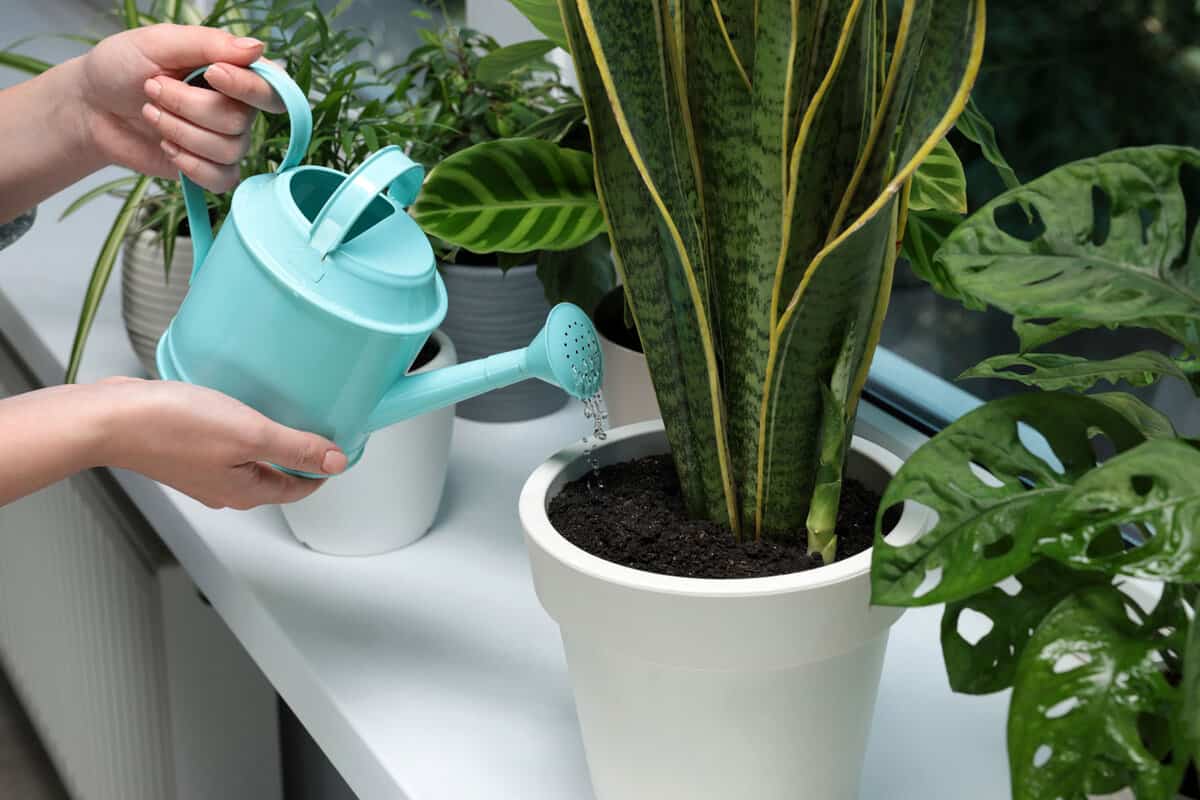
However, as a general rule, you should check the top inch of your plant's soil and water when it's dry to the touch.
Additionally, make sure the excess water is being drained out to avoid accumulation at the bottom of the pot.
Lighting
Most plants in shallow pots prefer bright, indirect light.
Make sure to place your plants near a window that receives plenty of natural light.
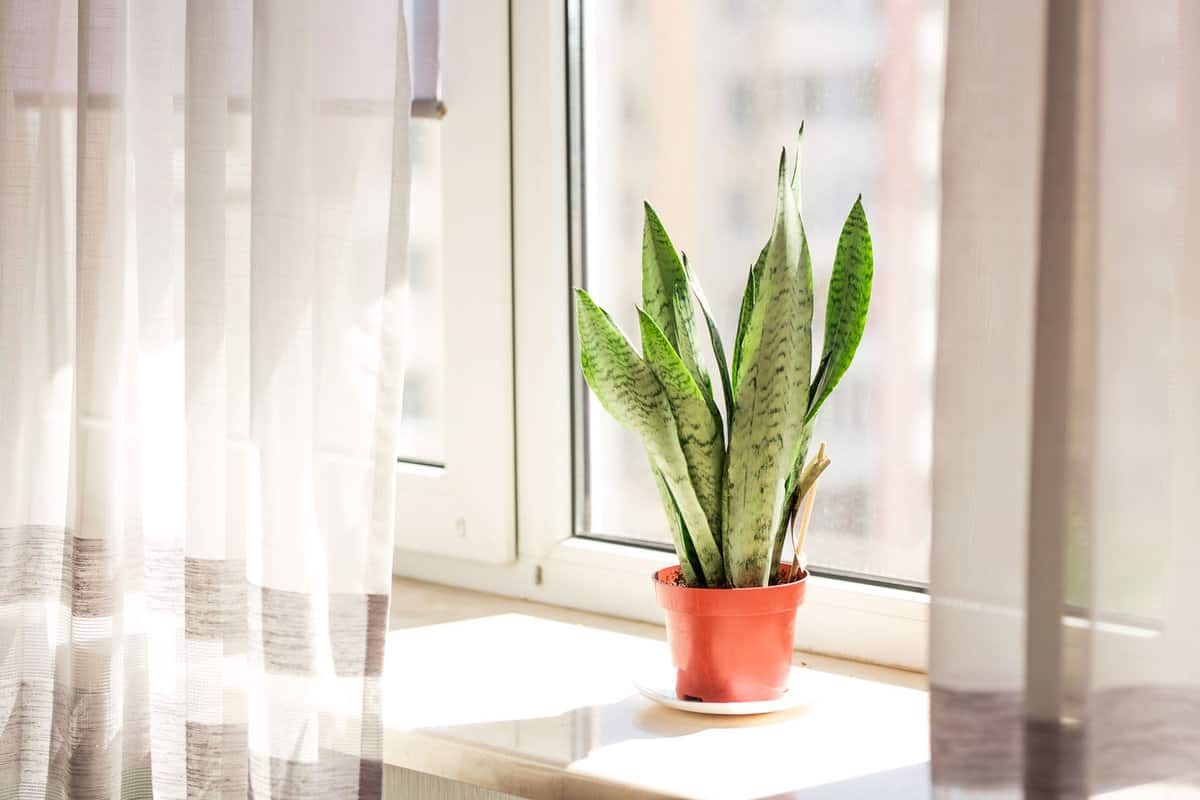
If you don't have access to natural light, you can use artificial grow lights to provide your plants with the light they need.
Fertilizing
Most plants in shallow pots benefit from regular fertilization.
However, be careful not to over-fertilize, as this can lead to burned roots and other problems.
Choose a fertilizer specifically formulated for the type of plant you are growing, and follow the instructions on the package carefully.
Repotting
Most plants in shallow pots need to be repotted every year or a year and a half at most.
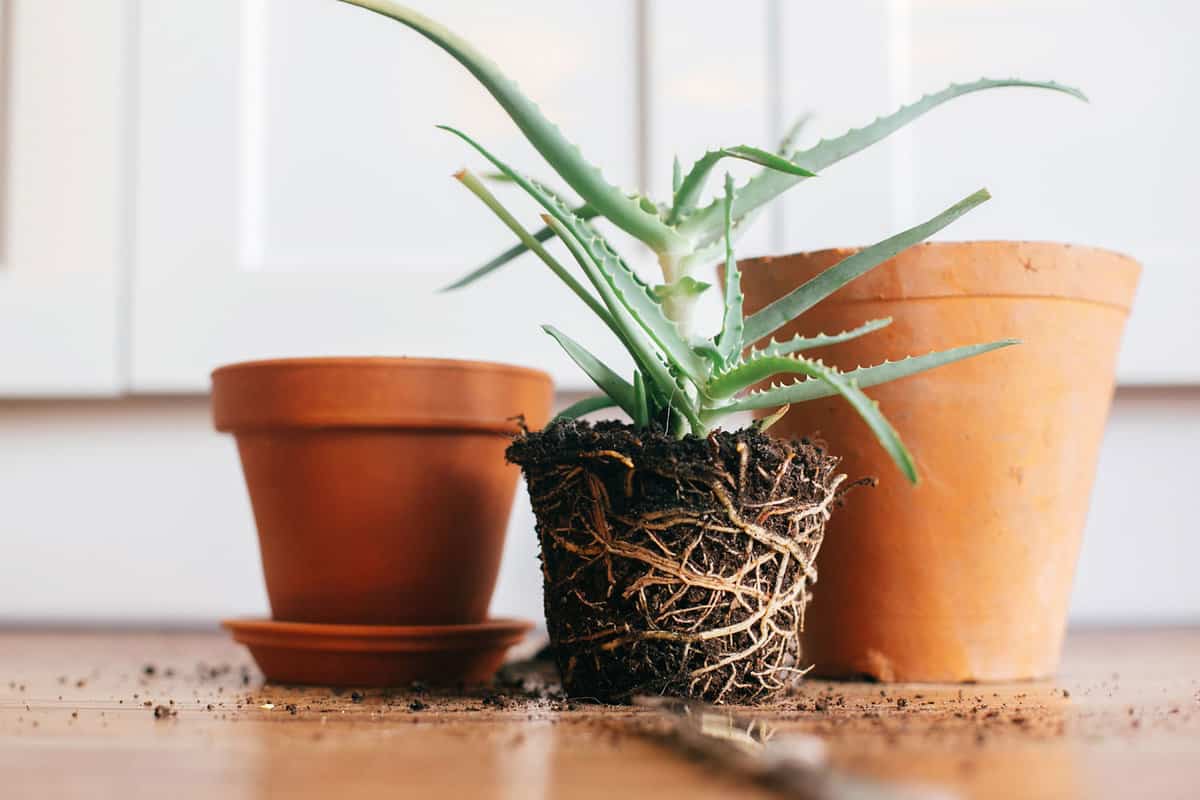
When repotting, opt for a pot that is slightly larger than the previous one to provide ample space for growth.
Common Mistakes to Avoid
Overwatering
Overwatering is one of the most common mistakes when it comes to growing plants in shallow pots.
Make sure to allow the soil to dry out slightly between watering.
Choosing the Wrong Pot
Choosing a pot that is too small or doesn't have drainage holes can lead to problems with stunted growth and root rot.
Not Providing Enough Light
Most plants in shallow pots require bright, indirect light.
Make sure to place your plants near a window that receives plenty of natural light or use artificial grow lights.
Over-Fertilizing
Over-fertilizing can have detrimental effects on plants, such as root burn, weak root structure, or wilting.
Follow the instructions on the package carefully and do your research to determine the appropriate amount of fertilizer for your particular plant.
Final Thoughts
Growing low-maintenance plants in shallow pots is a great way to add some greenery to your small space.
By using the appropriate potting mix and pot, and caring for your plants, you can effortlessly incorporate a touch of nature into your home.
Make sure to follow the plant care guidelines in this article to successfully nurture thriving and vibrant plants!
Looking for similar articles? Delve into any of the following posts for a satisfying read:
The 15 Best Succulents to Grow Indoors: A Guide to Low-Maintenance Greenery
4 Houseplants That Don’t Need Drainage [& How To Grow Any Plant with No Drainage]
Get Your Green Thumb On: 5 Beginner-Friendly Plants That Aren’t Pothos or Snake Plants
